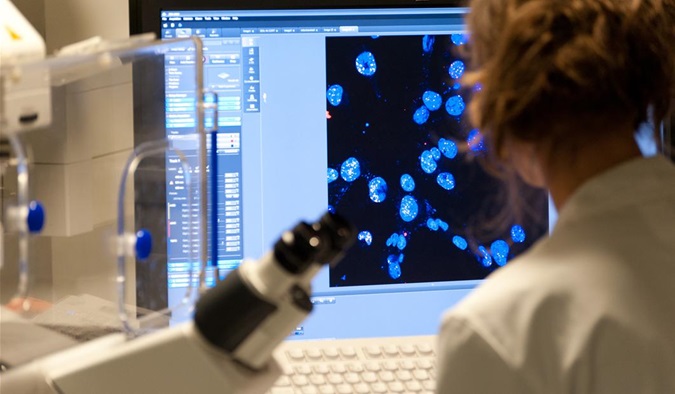News and features
Read the latest news and features about our world-leading research, discoveries, fundraising and philanthropy. If you want to keep updated on our news, you can follow us on social media or sign up for our Search newsletter.
If you’re a journalist and want to find out more, you can contact our media relations team.
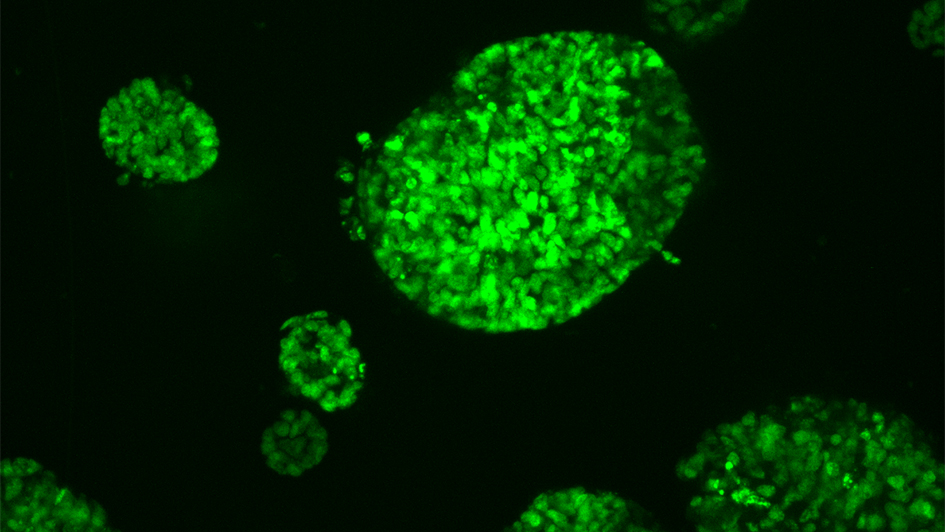
£5.5m research funding to transform bowel cancer care
Scientists from The Institute of Cancer Research, London, are part of a team of international researchers who have secured £5.5million in funding to find smarter, kinder treatments for people living with bowel cancer.
-carousel-945x581.jpg?sfvrsn=d29fb9e9_2)
Newly identified biomarker could improve treatment for people with rare type of ovarian cancer
Scientists at The Institute of Cancer Research, London, have identified a gene that affects how ovarian clear cell carcinoma (OCCC) could respond to a new class of drug called ATR inhibitors.
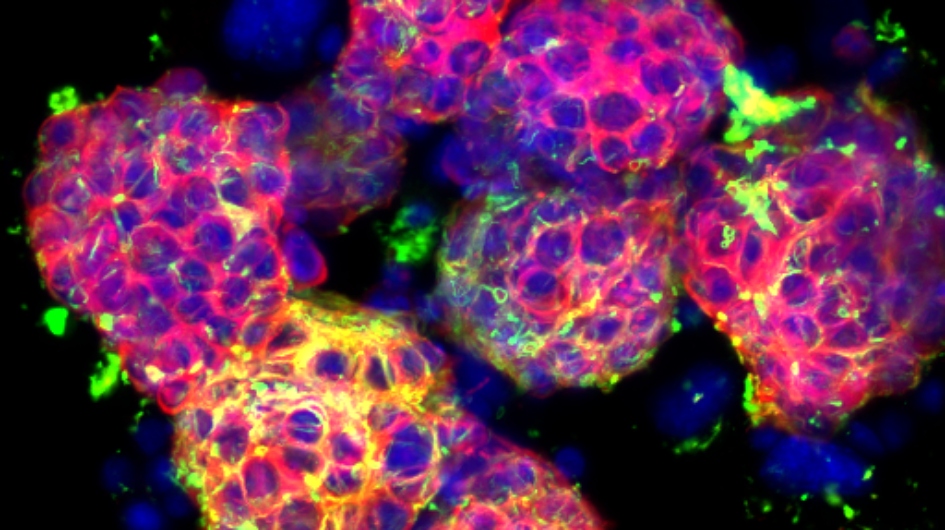
Innovative neuroblastoma research could lead to tailored treatments for high-risk patients
New research has provided insight into the biological mechanisms that may contribute to poor outcomes in certain cases of neuroblastoma – a cancer that develops in nerve tissue and primarily affects children.
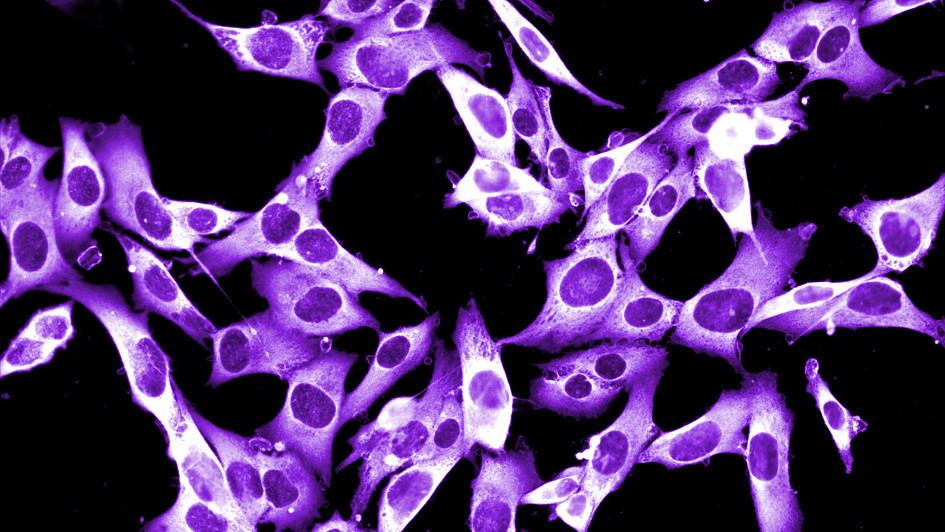
New AI technology could bring cancer drugs to patients in half the current time
Scientists have developed a revolutionary AI ‘fingerprint’ technology that can accurately show how cancer cells respond to new drugs, by simply observing changes to their shape.

Remembering former ICR Chief Executive Professor Peter Garland
The ICR reflects on the legacy of Professor Peter Garland CBE, who served as Chief Executive from 1989 to 1999 and died on 5 March.
.png?sfvrsn=38d02ad6_1)
The ICR’s Professor Paul Workman elected Fellow of the American Association of Cancer Research Academy
The Institute of Cancer Research, London, is delighted to announce that Professor Paul Workman has been elected as a Fellow of The American Association for Cancer Research (AACR) Academy.
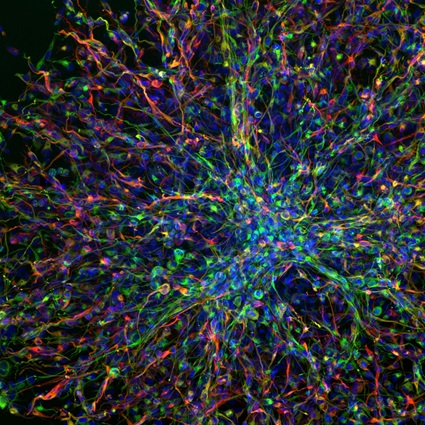
New collaboration to advance innovative drugs for aggressive childhood brain tumours
Scientists at The Institute of Cancer Research, London, are partnering with Revolver Therapeutics to accelerate the development of pioneering drugs for treating incurable childhood brain tumours.

£1.5million funding boost to help unlock the genetic secrets of aggressive neuroblastoma
Scientists from The Institute of Cancer Research, London, will be part of a team of international researchers who have secured funding to study the genetic secrets of childhood cancer neuroblastoma.
.jpg?sfvrsn=999b1809_2)
Genetic factors likely to determine which patients will benefit from new prostate cancer combination therapy
Researchers have uncovered several biological signs that may determine how metastatic castration-resistant prostate cancer (mCRPC) responds to a new treatment combination.
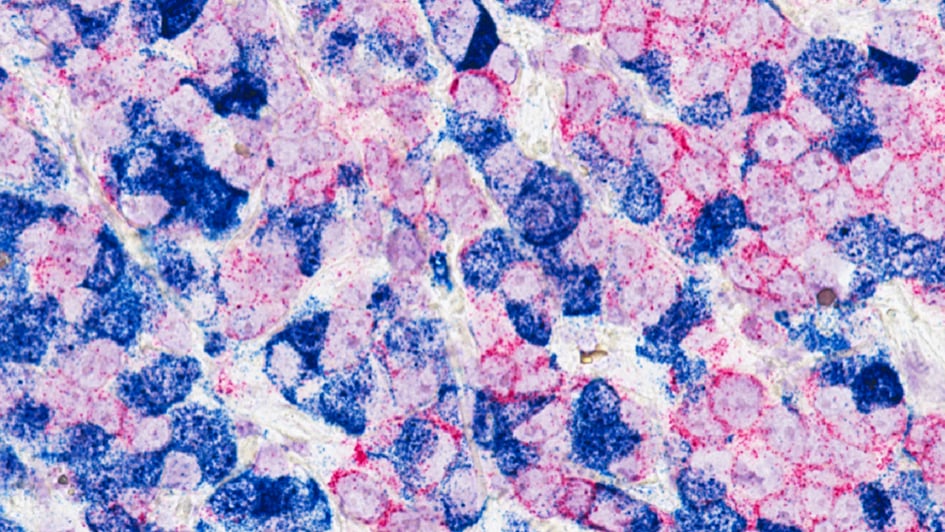
Scientists develop new tool to beat cancer’s survival tactics
Scientists have developed a tool which helps them better understand cancer’s survival tactics – and could eventually lead to new treatments for dozens of cancer types.
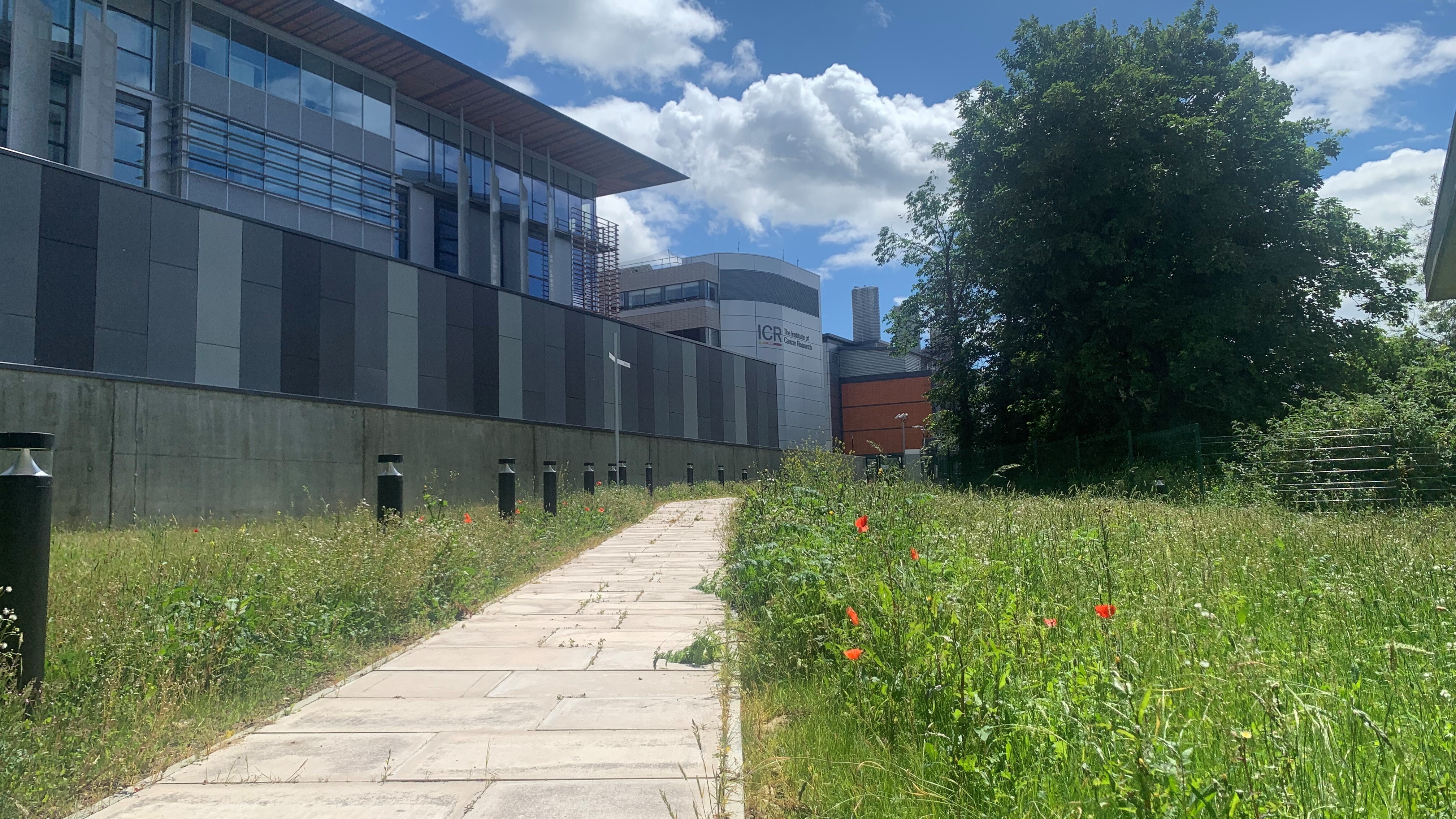
The ICR welcomes London Growth Plan
The Institute of Cancer Research, London, is delighted to welcome the new London Growth Plan, launched by Mayor of London Sadiq Khan, which places life sciences at the forefront of an ambitious strategy to boost the capital’s economic growth.

New research might make an ‘undruggable’ target druggable – leading to new cancer drugs
Drug discovery researchers have made significant progress towards targeting a protein that is seen as a promising anticancer target but has, until now, been considered undruggable.
